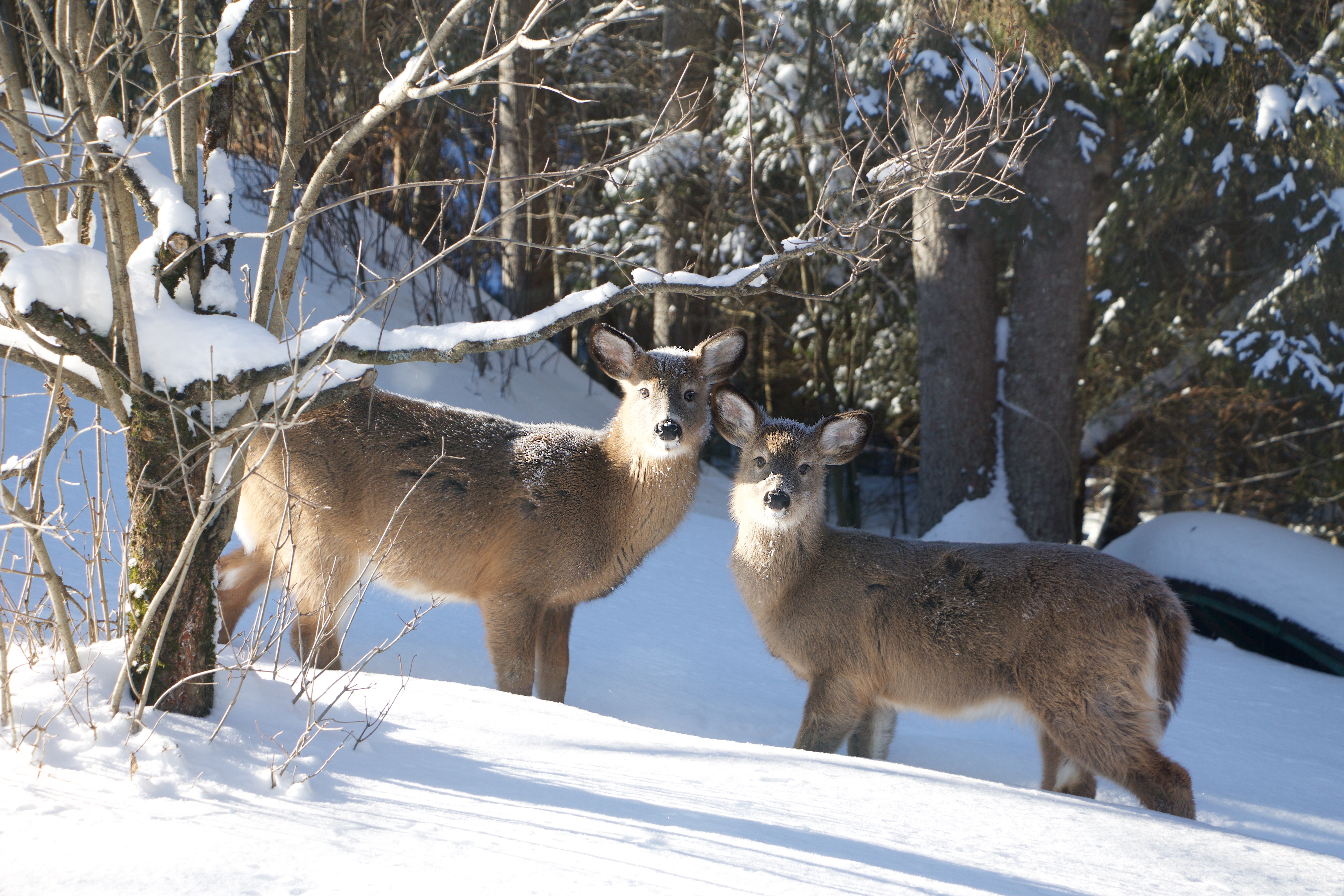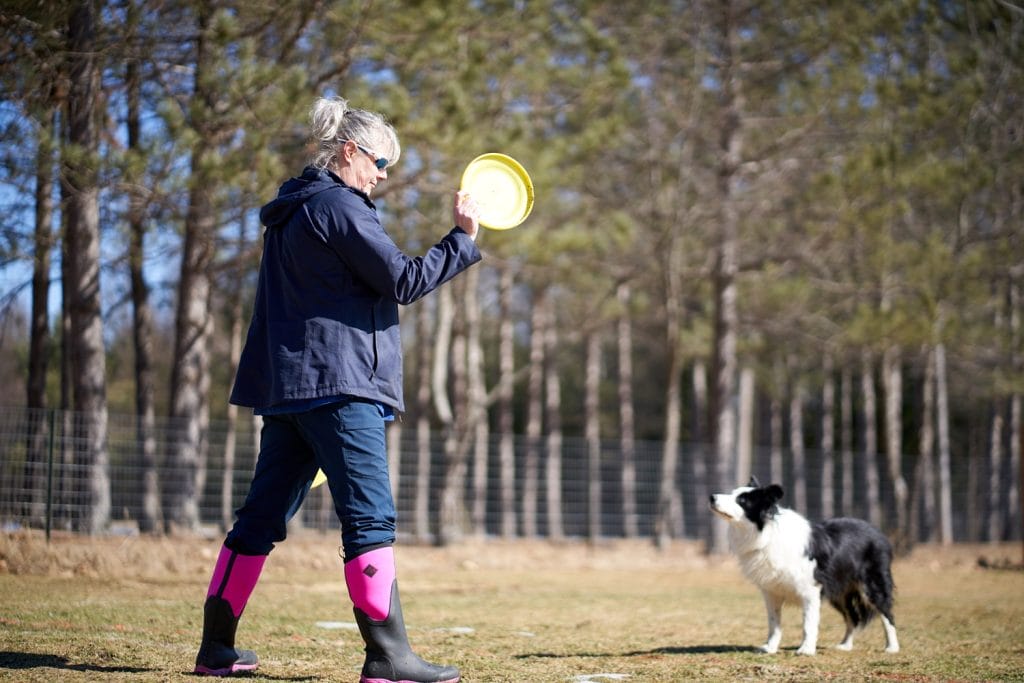CWD in deer
CWD: are local deer at risk?
The subject was making the rounds in December and has raised a number of questions. While it is worrisome, chronic wasting disease, which affects cervidae (the deer family) pretty much throughout North America, would only present a mild threat to Quebec’s deer populations. Vigilance is still in order, however, and we are being encouraged to adopt specific behaviours to reduce the risk of infection and propagation of the disease.
CWD, which appeared in Colorado in 1967, affects cervidae in 23 American states and two Canadian provinces: Alberta and Saskatchewan. In 2005, a few cases were detected close to Quebec in the state of New York. CWD is in the transmissible spongiform encephalopathy (TSE) family, as are mad cow disease, scrapie (which affects sheep) and Creutzfeldt-Jakob disease (which affects humans).
“The introduction of CWD into Quebec could have major effects on the health of cervidae, on hunting activities as well as on local commerce related to cervidae and cervidae products,” says the Ministère des Forêts, de la Faune et des Parcs (MFFP – the ministry of forests, wildlife and parks).
How is the disease propagated?
The mode of transmission of CWD is not known with any certainty. However, it is assumed that CWD is caused by a prion: a particle occurring naturally in the cells of the nervous system. They are found, notably, in the urine, feces, saliva and blood of affected animals. Contamination is through direct contact between healthy deer and the ingestion of contagious prions. These latter, which are highly resistant, can remain in the environment for several years.
The main ways in which the disease could be introduced into Quebec are through the importing of farmed deer; the importing of wild deer carcasses; natural cross-border migration of wild deer; and the importing of products derived from infected deer.
A program monitoring Quebec deer
The MFFP, in partnership with the ministère de l’Agriculture, des Pêcheries et de l’Alimentation du Québec (ministry of agriculture, fisheries and food of Quebec), is watching the situation closely. “It is of the utmost importance to quickly detect the introduction of CWD into Quebec in order to increase the possibility of elimination of the disease and limit its spread,” says the MFFP on its website. Thus, since 2007, more than 8,200 dead deer have been analyzed in the extreme south of Quebec. These analyses – undertaken in one of the sectors most at risk for introduction of the disease – have to this point not shown a single case of CWD.
Helping to prevent spread
“Once CWD has been introduced into the wildlife, it is extremely hard to eradicate,” the Ministry notes; it advises hunters and the general public to adopt some behaviours that will prevent spread. As an example, hunters are asked to opt for synthetic lures rather than lures containing the natural fluids of deer, which could potentially carry the infectious prion. It is also critically important to avoid feeding – it can’t be repeated often enough – and baiting deer.
“The artificial gatherings caused by these activities increase direct contacts (animals-to-animals) and indirect contacts (animals-to-environment), which promotes the transmission of CWD and other diseases,” the MFFP reminds us.

Guillaume Vincent432 Posts
Rédacteur et journaliste de profession, Guillaume Vincent a fait ses armes au sein de l’agence QMI. Il s’est joint au Tremblant Express en 2014. Promu en 2017, il y assume depuis le rôle de rédacteur en chef et directeur de la publication. / A writer and photojournalist by profession, Guillaume Vincent won his stripes in the QMI agency. He joined Tremblant Express in 2014. Promoted in 2017, he has been editor-in-chief and co-publisher since then.








0 Comments